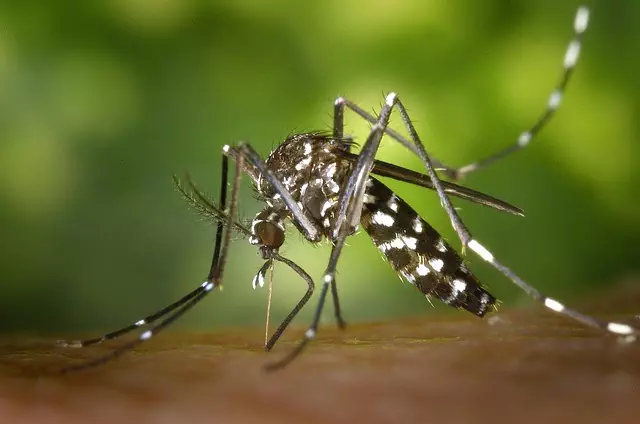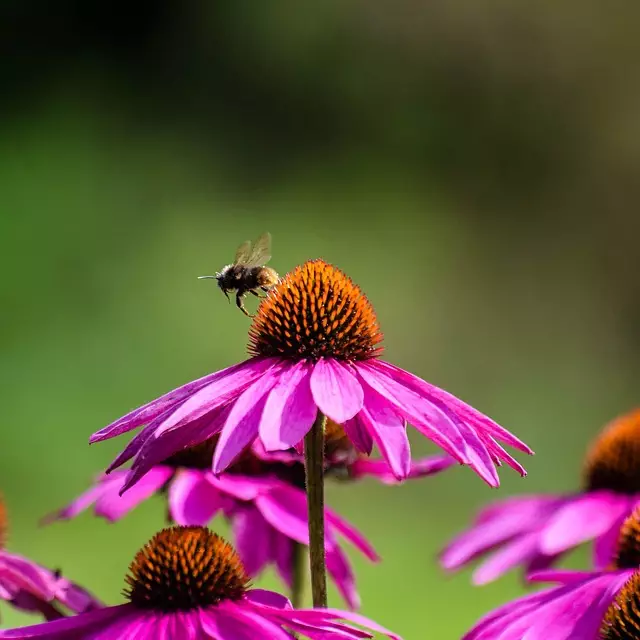Mosquitoes pose a significant global health risk, but effective control is achievable through understanding their behavior and life cycles. Traditional methods using pesticides have drawbacks, including resistance and environmental disruption. Modern techniques leverage biological controls and advanced traps, offering swift, efficient solutions with less environmental impact. Natural alternatives like citronella and neem oil provide safer options for short-term use, while technology such as genetic engineering and drones offers innovative, sustainable solutions. Balancing effectiveness and sustainability is crucial; integrated pest management strategies and community engagement are key to long-term mosquito control, empowering residents to reduce breeding grounds and foster ecosystem preservation.
Tired of mosquito bites disrupting your outdoor fun? Discover swift and effective mosquito control methods. This comprehensive guide explores traditional techniques, innovative solutions, and cutting-edge technologies. Learn about mosquito behavior and breeding patterns to understand their allure. We delve into natural vs. chemical repellents, environmental considerations, community engagement, and education for sustainable prevention. Arm yourself with knowledge to combat these pesky intruders once and for all.
Understanding Mosquitoes: Their Behavior and Breeding Patterns

Mosquitoes are tiny yet tenacious creatures that pose a significant health risk worldwide. Understanding their behavior and breeding patterns is crucial for effective mosquito control. These insects breed in standing water, making urban areas, parks, and even backyard ponds potential breeding grounds. Adult mosquitoes are most active during dawn and dusk, when they feed on both humans and animals. Their preference for certain hosts can vary based on species, with some targeting specific blood types or releasing pheromones that attract others.
Knowledge of mosquito life cycles allows for targeted control strategies. Larvicides can be applied to water bodies to kill mosquito larvae before they emerge as adults. Adulticides, in the form of sprays or traps, can reduce adult mosquito populations. Additionally, removing standing water from areas like flower pots, buckets, and discarded tires significantly diminishes breeding sites. Implementing these measures helps create an environment less hospitable to mosquitoes, thereby reducing the risk of mosquito-borne diseases such as malaria, dengue fever, and Zika virus.
Traditional Mosquito Control Methods

Traditional methods of mosquito control often rely on chemical pesticides and insecticides, which can be effective but also come with environmental and health concerns. These chemicals are typically sprayed in areas where mosquitoes breed and rest, aiming to kill adult mosquitoes and disrupt their life cycle. However, this approach doesn’t address the root causes of mosquito presence and can lead to resistance in mosquito populations over time.
Additionally, some traditional methods include larvicides, which target mosquito larvae by treating water bodies. While this can reduce mosquito numbers, it also kills other aquatic insects and can have adverse effects on local ecosystems. Moreover, these chemical interventions are often costly and require regular applications to maintain their effectiveness, making them less sustainable in the long term for effective mosquito control.
Innovative Techniques for Fast and Effective Mosquito Management

In the quest for effective mosquito control, modern techniques have emerged as game-changers, offering swift and efficient solutions to manage these persistent pests. Beyond traditional methods, innovative approaches leverage technology and nature’s allies to create a harmonious balance. For instance, the use of biological controls such as bacteria and viruses specifically targeting mosquitoes has gained traction. These natural predators, like certain fungi and wasps, can rapidly decimate mosquito populations with minimal environmental impact.
Additionally, sophisticated traps equipped with cutting-edge sensors and UV lights attract and capture mosquitoes, providing real-time data on local species presence. This technology not only helps in monitoring but also guides targeted treatments, ensuring the right pest control measures are taken. With these innovative techniques, efficient mosquito control becomes a reality, allowing communities to reclaim their outdoor spaces and enjoy a better quality of life.
Chemical vs. Natural Repellents: A Comparative Analysis

When it comes to mosquito control, understanding the difference between chemical and natural repellents is crucial. Chemical repellents have been the go-to solution for decades, offering effective protection against mosquitoes with ingredients like DEET. However, these synthetic compounds can have potential health and environmental risks, prompting a shift towards more natural alternatives.
Natural mosquito repellent options, such as citronella, neem oil, and lavender, are gaining popularity. These substances derive from plants and are generally considered safer for humans and the ecosystem. While they may not offer the same level of protection as chemicals over extended periods, they provide a healthier and more eco-friendly approach to mosquito control, especially for short-term outdoor activities.
The Role of Technology in Rapid Mosquito Control Solutions

The advent of technology has significantly transformed traditional mosquito control methods, leading to faster and more efficient solutions. Innovations in areas such as genetic engineering and remote sensing have enabled precise targeting of mosquito populations. For instance, scientists have developed genetically modified mosquitoes that either reduce their overall numbers or carry bacteria that combat specific diseases, offering a more sustainable approach to control.
Additionally, technology like drones equipped with sensors and targeted pesticides has revolutionized pest management. These drones can swiftly cover large areas, spraying insecticides directly onto mosquito breeding grounds, such as stagnant water sources, thereby minimizing environmental impact and ensuring rapid control. This tech-driven approach not only offers immediate relief from mosquito-borne diseases but also adapts to changing environments, making it a powerful tool in the ongoing battle against these pesky insects.
Environmental Considerations for Sustainable Mosquito Reduction

When implementing mosquito control measures, it’s crucial to balance effectiveness with environmental sustainability. Using toxic chemicals or harmful methods can have adverse effects on local ecosystems, including beneficial insects and wildlife. Instead, focusing on integrated pest management (IPM) strategies that target specific life stages of mosquitoes while minimizing non-target impacts is essential for long-term mosquito control and ecosystem preservation.
Sustainable approaches to mosquito reduction involve a combination of techniques like removing standing water where larvae thrive, using natural predators such as fish or birds, implementing physical barriers, and employing biological controls like bacteria or parasitic wasps. By adopting these environmentally conscious strategies, communities can effectively manage mosquito populations while preserving the delicate balance of their local ecosystems.
Community Engagement and Education for Long-Term Prevention

Community engagement and education play a pivotal role in long-term mosquito control strategies. Encouraging residents to actively participate in prevention efforts can significantly reduce mosquito populations. This involves raising awareness about the importance of eliminating standing water, which is where mosquitoes breed. By providing educational resources and organizing community clean-up events, locals can identify and address potential breeding grounds within their neighborhoods.
Incorporating simple practices like emptying water containers, cleaning gutters, and maintaining proper drainage can create an environment less conducive to mosquito breeding. These collective actions not only benefit individual homes but also contribute to a healthier, more sustainable community overall. Such initiatives foster a sense of shared responsibility, ensuring that everyone plays their part in keeping mosquito numbers in check year-round.
